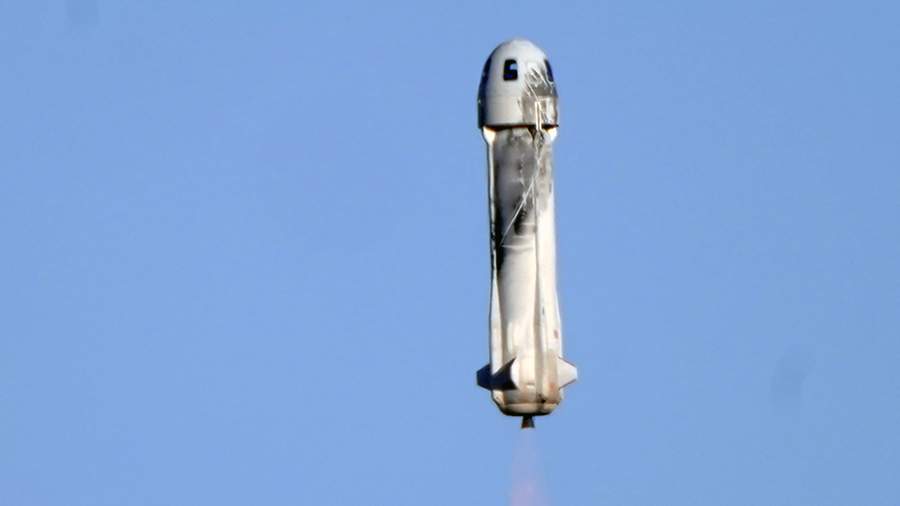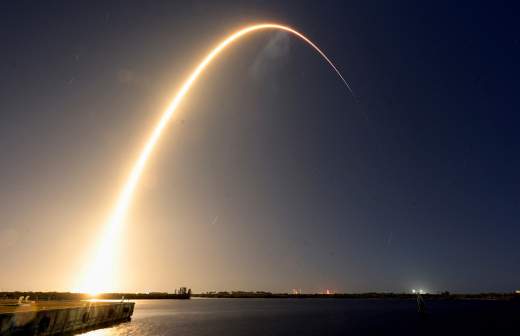The New Shepard rocket has made a suborbital flight

The reusable American rocket New Shepard company Blue Origin has made a suborbital flight to an altitude of about 100 km in order to test technologies for flights to the moon. This was reported by Space.com on February 4.
The rocket was launched as part of the NS-29 mission to conduct scientific experiments for future expeditions to the Moon. The launch was carried out from the launch site Corn Ranch near the city of Van Horn in the west of Texas at 11:00 pm US East Coast time (19:00 Moscow time).
It is noted that the flight lasted about 10 minutes, after which the capsule successfully landed on Earth, while the launch vehicle returned to the landing pad about seven minutes later.
The rocket was reportedly scheduled to be sent on January 28, but the decision was made to cancel the flight due to adverse weather conditions and problems with the rocket's avionics.
Last November, the New Shepard spacecraft made a suborbital flight with a commercial crew of six space tourists from the United States and Canada. The rocket carrying the New Shepard spacecraft on the NS-28 mission was launched at 6:30 p.m. Moscow time (10:30 a.m. East Coast time). The ship gained altitude to about 106 kilometers, that is, just above the boundary between the Earth's atmosphere and space.
A new era of commercial flights began in 2021, when billionaire Jeff Bezos' Blue Origin and then Richard Branson's Virgin Galactic began offering their tourism services. They conducted several suborbital flights at an altitude of up to 100 kilometers from Earth, involving up to six people at a time.
Переведено сервисом «Яндекс Переводчик»

